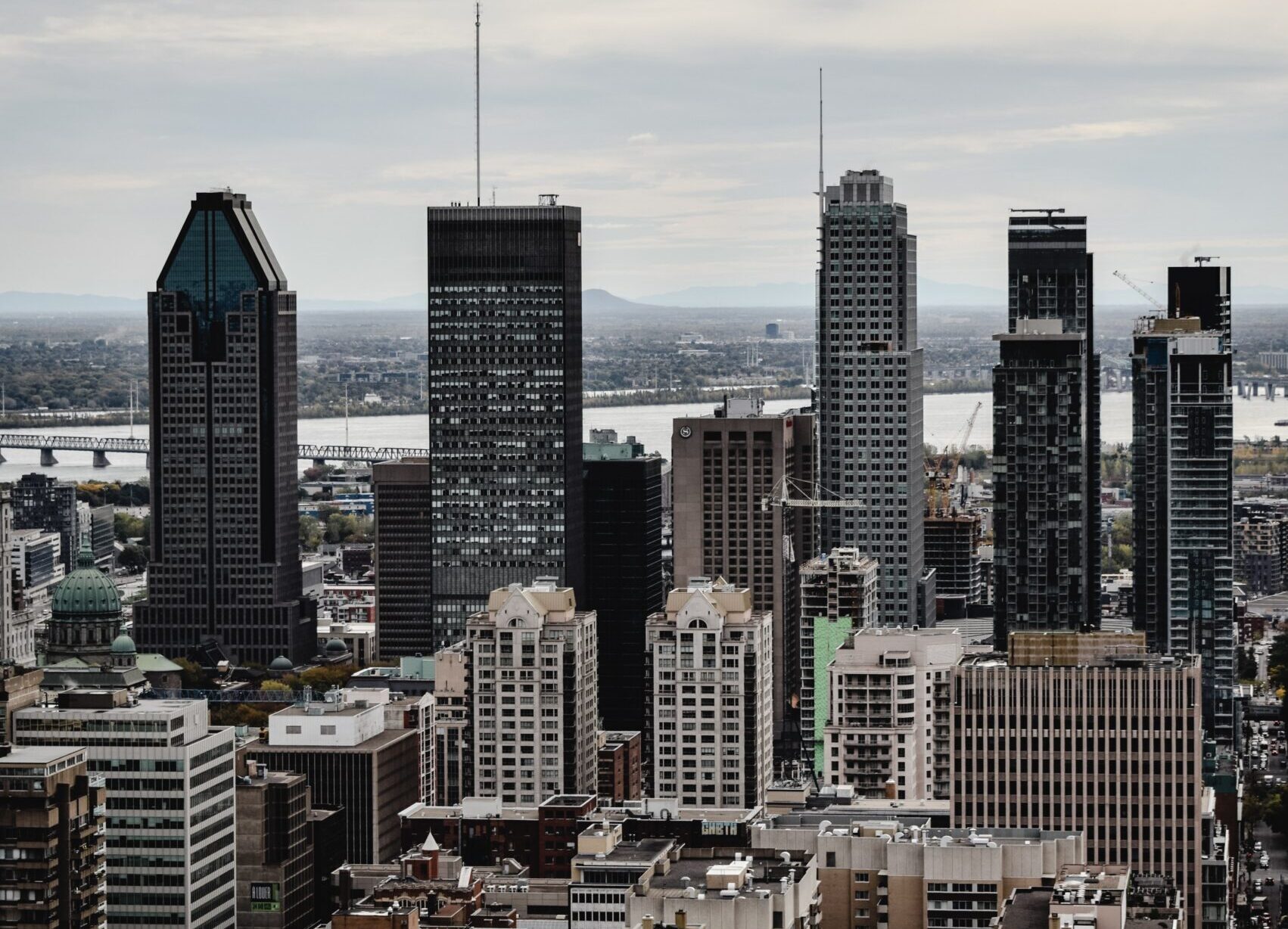To continue our series on the implementation of the UN’s Sustainable Development Goals (SDGs), in this article we’ll look at Goal 11: Sustainable Cities and Communities.
What is SDG 11? Definition
In 2023, human populations are facing a number of major challenges. These include population growth, urbanization and the major economic importance of urban areas. Urban areas also make a major contribution to global anthropogenic emissions.
Against this backdrop, SDG 11 has been defined to address these specific challenges with an action plan tailored to the issues facing cities and urban areas.
The goal is to “Ensure that cities and human settlements are inclusive, safe, resilient and sustainable.” In other words, to guarantee the accessibility, safety, adaptability and eco-responsibility of cities over time.

The findings of SDG 11: Some key figures
The United Nations Sustainable Development Goals website has listed a number of key facts and figures concerning SDG 11 and the importance of cities:
- Half of humanity (i.e. 3.5 billion people) now lives in cities. This figure is set to rise to 5 billion by 2030.
Cities occupy just 3% of the world’s landmass, but produce over 70% of its carbon dioxide emissions and consume between 60 and 80% of the world’s energy. - Rapid urbanization is putting pressure on freshwater reserves, water supply and waste disposal systems, the living environment and public health.
While it’s a coincidence that this goal and our Sustainable Community (SC) business model have similar names, they are, in practice, very strongly linked.
How do Will and the Sustainable Community contribute to SDG 11?

In addition to access to our Sustainable Community service (green financing, cost pooling, carbon action plan, information sharing, education), many towns and regional county municipalities (RCMs) have joined to promote projects aimed at reducing their environmental impact.
Despite the fact that decision-making power and available resources are sometimes limited, cities and communities have assets that enable them to take concrete and significant action in the fight against climate change. Whether it’s through the management of their buildings and facilities, or their primary responsibility for waste management, municipalities have many assets at their disposal to demonstrate environmental leadership and set an example for organizations in their region.
The members of Will’s Sustainable Community, by carrying out various eco-responsible and decarbonization projects, are helping to achieve 4 of the 10 sub-objectives of SDG 11:
SDG 11.4 : Strengthen efforts to protect and preserve the world’s cultural and natural heritage.
Several SC members are Quebec municipalities that have set up municipal composting programs or improved their sorting centers to reduce the amount of waste sent to landfill. Improving their waste management enables towns and local communities to protect their landscapes and natural heritage by limiting environmental contamination and the need to dedicate land to landfill (dumps).
SDG 11.6 : By 2030, reduce the negative per capita environmental impact of cities, paying particular attention to air quality and waste management, especially municipal waste management.
As mentioned in the previous sub-objective, waste management projects (particularly composting) carried out by SC member municipalities help to reduce their environmental impact. But it is also important to mention the energy conversion projects they implement, which are also particularly useful in reducing air pollution and improving air quality and the health of populations within their sphere of activity.
Reducing fossil fuel consumption also reduces the production of pollutants such as sulfur oxides (SOx) and micro-particles, which is particularly important for maintaining good air quality for citizens.
SDG 11.a : Promote positive economic, social and environmental links between urban, peri-urban and rural areas by strengthening development planning at national and regional levels.
Communauté Durable helps to strengthen the links between different geographical areas by promoting local initiatives to reduce greenhouse gas emissions.
We also have a number of local partners, such as the SADC-CAE network, which connects, streamlines and accelerates interrelations between eco-responsible municipalities and offers them a green financing solution through us to deploy new projects.
Last but not least, our Sustainable Community solution provides economic support for voluntary environmental and social initiatives, even for municipalities that are geographically isolated.
Added to this, an exchange of know-how is created between the different communities on projects and methods to meet the climate challenge and finance the energy transition across all territories.
SDG 11.b : By 2020, significantly increase the number of cities and human settlements that adopt and implement integrated policies and action plans for inclusive living, resource efficiency, climate change adaptation and mitigation, and disaster resilience, and develop and implement, in line with the Sendai Framework for Disaster Risk Reduction (2015-2030), comprehensive disaster risk management at all levels.
Thanks to our Sustainable Community solution, many municipalities and local territories are making progress towards:
- Rational use of resources: by reducing energy consumption (in all its forms, including fossil fuels) and promoting the circular economy. Residual materials management projects also help divert waste from landfill, facilitating the return of materials to the economy through recycling, reuse as raw materials or energy sources, or composting.
- Climate change mitigation: Solutions Will funds projects in proportion to the tonnes of GHGs reduced by an eco-responsible project. Sustainable Community member municipalities often stand out for their waste management and landfill detour projects. This makes it possible to greatly reduce methane emissions, a gas with an atmospheric warming potential 80 times greater than Co2, in the first 20 years of its presence in the atmosphere. Reducing methane emissions is therefore essential to mitigating climate change today.
- Adaptation to the effects of climate change: through various energy conversion, energy efficiency and waste management projects, municipalities reduce their energy demand, lower their need for raw materials and increase their energy independence. As a result, they increase their resilience to the consequences of climate change, such as stress on resources and raw materials.
Here are a few examples of carbon projects that support SDG 11:
Municipality of Causapscal
The municipality of Causapscal is a small town of 2,315 inhabitants in the Lower St. Lawrence region. The city has implemented a forest biomass heat network project linking 7 buildings. The main objective of this project was to replace fuel oil as the raw material for heating in order to reduce GHG emissions. This initiative optimized energy use for heating the buildings, switching from imported fossil fuels to a local, renewable energy source.
The MRC de Témiscamingue ecocenter
The MRC de Témiscamingue comprises 19 municipalities. Its eco-center is part of the Centre of Valorization of Témiscamingue (CVT), where the region’s residual materials are transported, recovered, recycled and composted.
By recovering urban biomass, composting organic materials and recycling paper and cardboard, we avoid sending valuable residues to landfill sites. This prevents the production of GHGs from the decomposition of organic residues (mainly methane) and the risk of soil and groundwater contamination.
Are you a municipality, company or NPO interested in decarbonizing your activities and gaining access to carbon finance? Get in touch with us!
Find out what Will Solutions is doing for the SDG N°9
By Claudie Eustache

